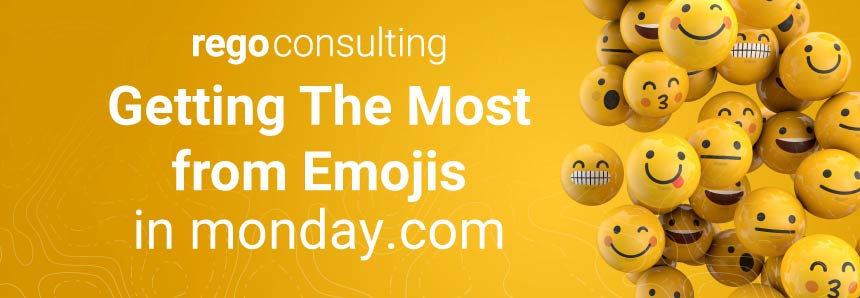
Use of emojis has become increasingly popular. For me, this hit a tipping point when someone asked me, “do you speak emoji?” Would you consider its use in a PPM or work management tool like monday.com? If you have not tried it, you’re missing out. There are some easily realized benefits and quick wins here.
Why Use Emojis in monday.com?
Look past emoji speak, i.e. 🙈🙉🙊 = See no evil, hear no evil, speak no evil.
The utility of an emoji goes well beyond a fun way to “speak” to each other over your messenger tool.
Use them to create a common understanding, personalization, or a unique identity. They are also great for driving faster user adoption and helping users navigate their tool faster. Many of us are visual learners. We need to see information in order to retain it. Visuals, like an emoji, add to the communication flow in a way that written or verbal communication do not.
Where to use Emojis in monday.com
You could use an emoji to identify a Workspace or Team.
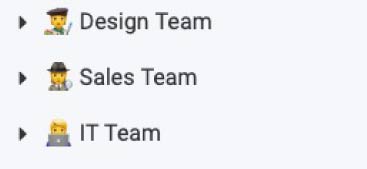
You could use them to identify stored documents.
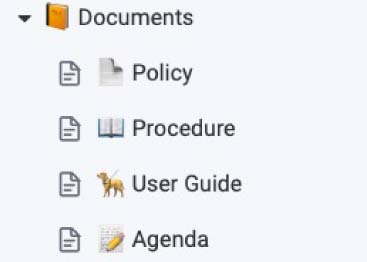
You could use them for finance related boards or documents.
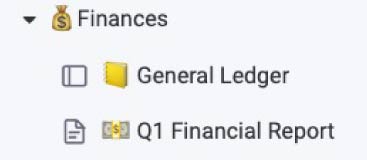
You might consider using them for calendar-based board schedules
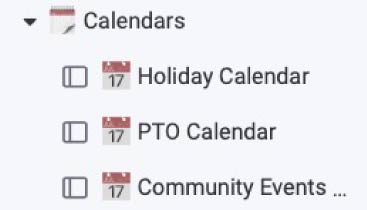
You could use them to identify a workspace.

An emoji can be applied to a workspace, folder, board, doc, and dashboard. They can also be applied to a board column header, an automation description, a label or status, and any open text.
Emojis Use Cases
Banking
Not all teams or users are open to using emojis. I recently consulted for a banking firm with high governance and traditional methods of communication. They initially refused to entertain the idea of using emojis. Emojis were considered unprofessional, and they had a policy to never to use them in communication with their bank customers.
However, once they started scaling, their impression changed. They quickly realized the value emojis provided as a visual aid, how quickly it helped employees navigate their monday.com instance, and that its utility would not be shared with or seen by their banking clients.
Fashion Industry
Another client I worked with in the fashion space was very open to the utility of emojis. Most of their boards, documents, and dashboards all had emojis. The client was so receptive to the idea that emojis appear in most labels.
Do I have any concerns using emojis? The truth is that there might not be enough of them, or one may not exist that a team feels best coveys a common understanding. At the time of the post, there are 3633 emojis made available by Unicode. Many times, a client will have an ideal emoji in mind that doesn’t exist or may never exist. Users must settle for emojis that have been accepted by Unicode. Only a small percentage of emojis submitted to Unicode are accepted for encoding.
Emoji Tips for monday.com
- Add emojis to board columns only when your board is ready for production. This is especially true when dealing with formula columns and columns being pulled into formulas.
- If emojis become widely accepted across your monday.com instance, put together a shared list of acceptable use criteria for an emoji. This could be done in a monday.com document accessible to users on the Main Workspace.
- Some of the best practice I have incorporated include a “Rule of 2”. Do not couple more than two emojis together on a single line. One emoji is enough to build common understanding. Two emojis require only slightly more thought to recognize the common understanding of the emoji set. I have found that more than two coupled emojis requires users to think a bit too deeply about the meaning. The set becomes challenging to unpack. The intent is not to write a new language, but to provide any easy win in a simple visualization.
Getting the Most out of Your monday.com Instance
The use of emojis is great for driving user adoption, helping users navigate their boards quickly, and sharing and tracking ideas in a memorable and universally understood way. If you’re looking for more ways to scale monday.com for your organization, contact us today.






